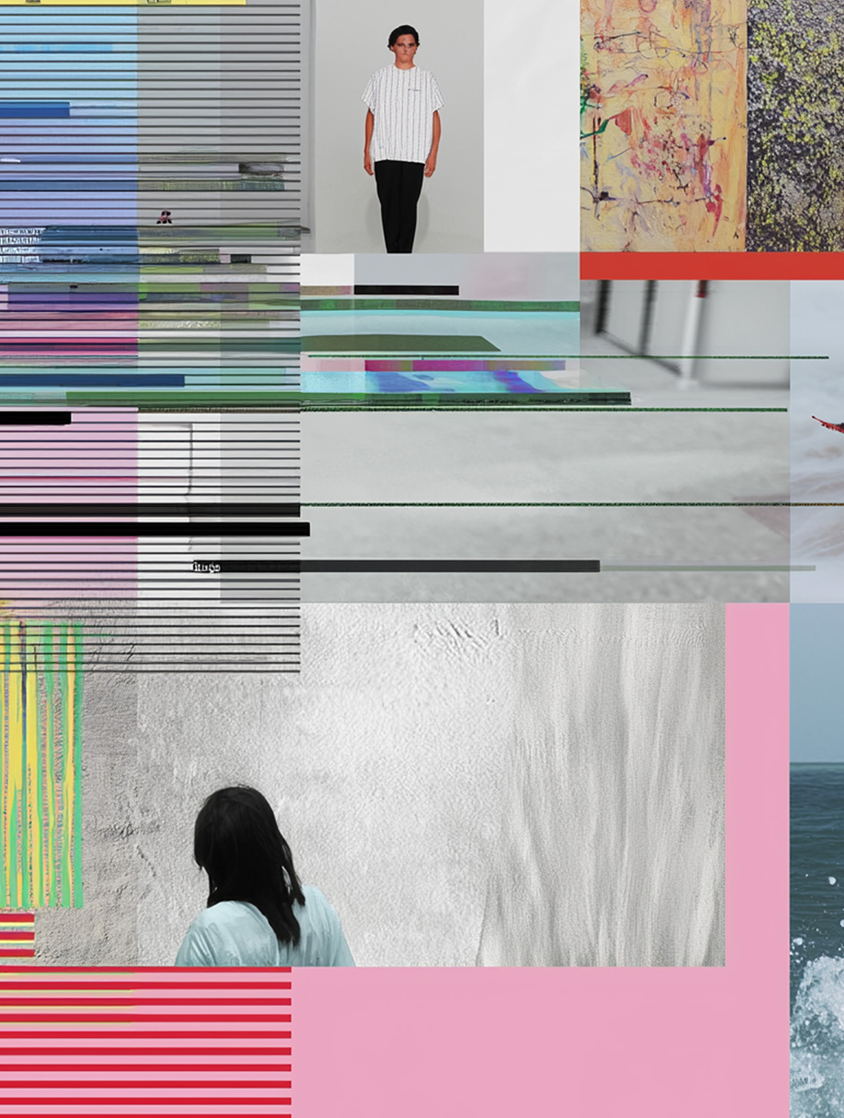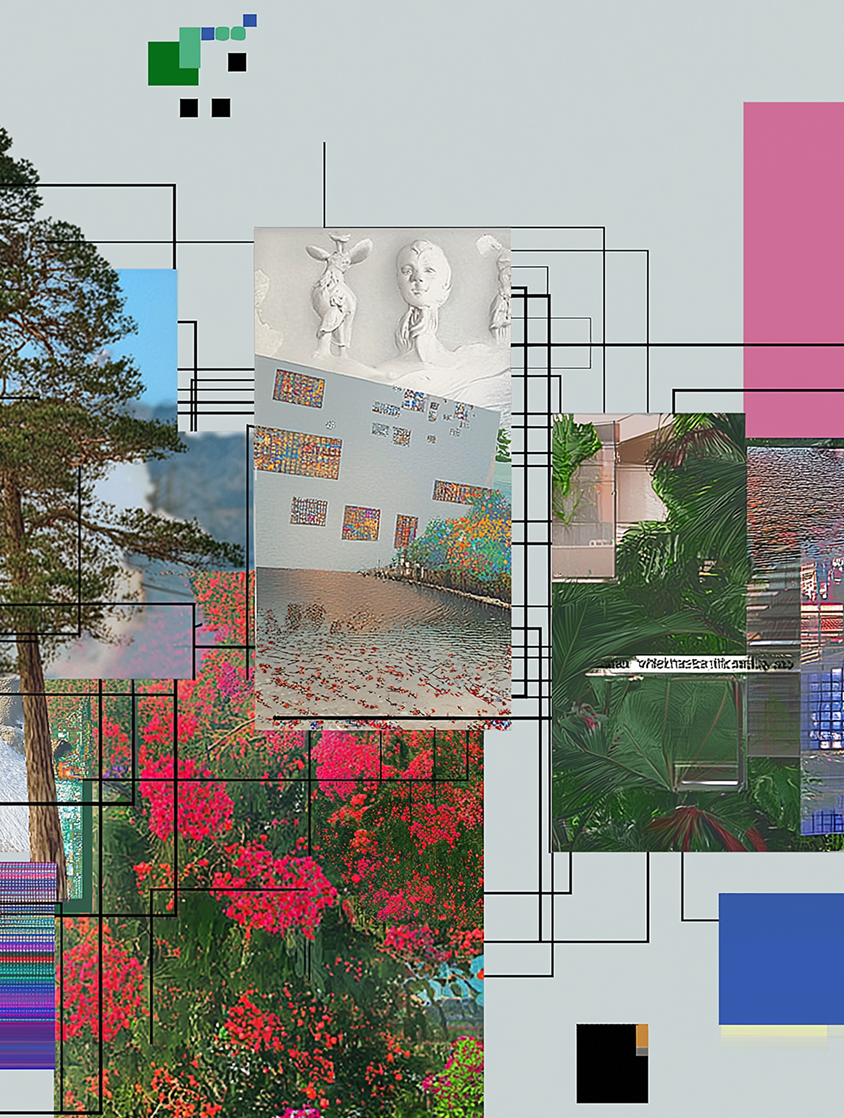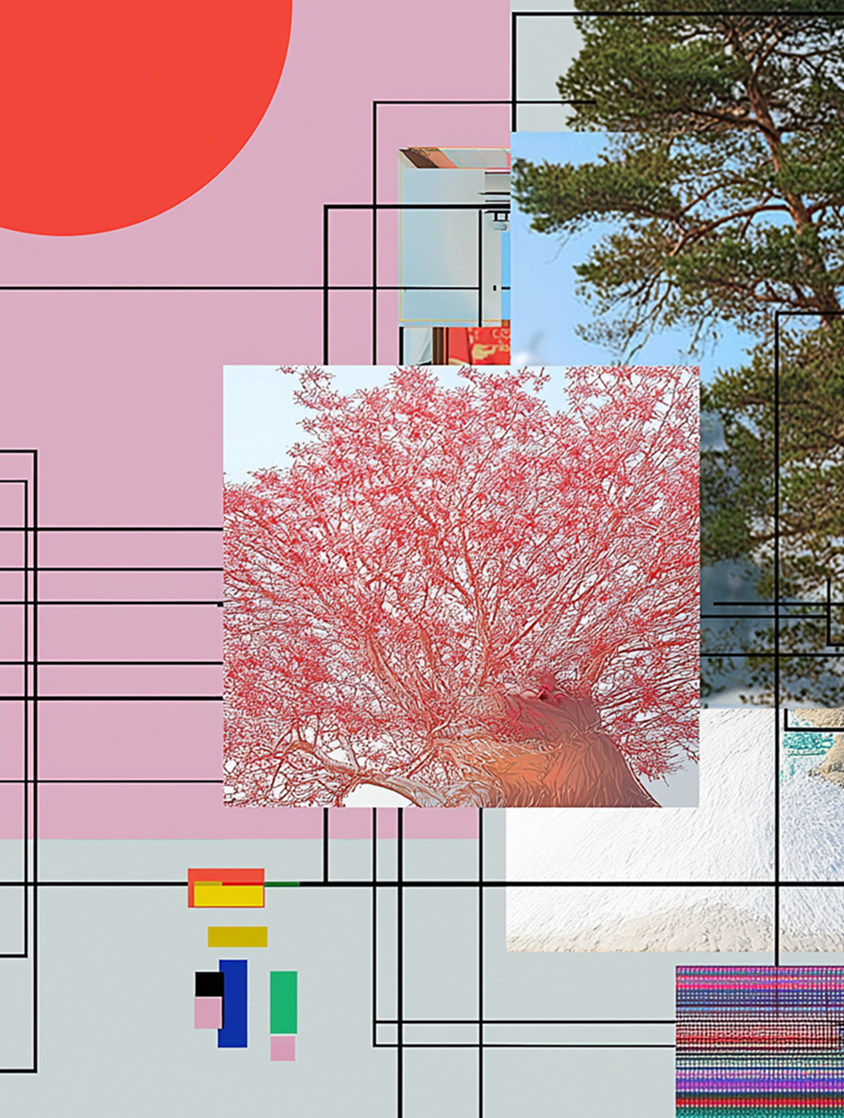
Turning brands into programmable tools, not just storytelling devices.
Infinitely useful brands aren't a new idea—they're a long-held promise finally made real. Built to act, not just speak, they shift branding from storytelling to system design.
In Jorge Luis Borges’ short story The Circular Ruins, a man dreams another man into existence. The dreamer gives his creation tasks—like placing a flag on a distant peak—to prove he’s real, unaware that he himself is also someone else’s dream. It’s a story about ideas becoming reality—slowly, strangely, and often without us realizing it.
In its own way, one of Zeus Jones’ long-held dreams is starting to materialize too—not as a grand plan, but as something we’ve been quietly building toward all along.
Stop me if you’ve heard this before, but at Zeus Jones, we’ve always believed that actions speak louder than words. Brands are defined by what they do, not just what they say. In 2007, that belief was shaped by the rise of digital and social media, which gave brands new ways to interact and express themselves beyond messaging.
Now, nearly two decades later, the idea feels more urgent than ever. Because thanks to emerging technologies, especially AI and web3, brands are no longer static ideas. They can become intelligent, autonomous systems. They are beings that can act, learn, respond, and relate.
The Tools That Make It Possible
Two technologies are enabling this transformation:
L3 blockchains, which let people build fast, inexpensive applications on infrastructure they own—essentially, their own private internet.
Generative AI, which gives those applications intelligence: the ability to learn, adapt, and co-create with millions of people in real time.
Together, they create a world where ideas once considered speculative now feel entirely practical:
Imagine a brand that tracks your engagement and behavior across channels and rewards you without you having to do anything
Imagine a brand that sees you’re training for a marathon and provides tailored services and support—bringing in help from other brands where it needs help
Imagine a brand that reacts dynamically to culture and updates itself to stay current and relevant as culture changes
Imagine a brand that offsets the carbon footprint of its (or your) actions automatically and delivers a sustainability report back to you
Ideas like these aren’t fiction, they are possible now. Our partner Syndicate is helping people launch their own L3 blockchains with nearly zero cost or energy use. Another partner, Alephic—also named after a Borges story—argues it’s faster to build working AI than to sit around strategizing about it. They’re working directly with CMOs to inject brand intelligence into everything from communications to customer service.


Building Brand Logic Systems
This shift may seem sudden, but it’s been a long time coming. Just like the dreamed man in The Circular Ruins, it’s beginning with the heart and moving outward.
We’ve always believed in brand models that prioritize collaboration over control. In our experience design work, we pioneered the use of experience principles—tools that translate a brand’s tone into behavioral guidance for interactions. That mindset now needs to evolve further.
What’s needed next is a brand logic system: a behavioral framework that allows a brand to operate intelligently and independently across contexts.
These systems don’t replace visual identity or verbal expression. They sit underneath them. Because language and design, on their own, are too static for an AI-powered world. As brands begin engaging one-to-one with people across an ever-expanding range of contexts, they’ll need deeper structures to make those interactions feel coherent, creative, and alive.
The best systems won’t produce predictable, optimized responses. They’ll allow for lateral moves—the unexpected, emotionally right moments that surprise and stick.
To create truly living brands, we believe brand leaders will need to navigate three key shifts:
From designing for channels → to designing for context
A single message doesn’t cut it anymore. The same person may need your brand to behave differently depending on mood, platform, or time of day.
From fixed brand systems → to spectrum brand systems
Rigidity is a liability. Brands need to flex—tone, behavior, energy—while staying emotionally recognizable.
From consistent brand behavior → to resonant brand behavior
It’s not about repeating yourself. It’s about expressing yourself in ways that land, based on what people feel and need in the moment.


We’ve gone into more depth about some of these systems in a different article, but it’s clear that the act of building—or better birthing these kinds of brands will be different from traditional brand building approaches. We will still need visual design and language systems, but in addition, we will now need the underlying behavior systems. Generative AI performs best when it understands the thinking behind the outputs—the why for the what. In addition visual and language outputs are typically targeted towards channels.
As brands engage with individuals in a variety of different contexts, these systems are too rigid for AI to appropriately translate. Brand behavior also opens up a new canvas for creativity as the most robotic and linear logic will result in the most robotic and linear brands. How can brand behavior designers build-in principles that enable lateral responses—that enable brands to deliver surprise and delight rather than simply optimized, expected responses which will, over time, become easy to ignore and easy to forget.
The Opportunity Ahead
The canvas for brand creativity has broadened dramatically and the tools are more accessible and easier to use than ever. Optimistically we predict an expansion of both brand activity and brand creativity as these kinds of brands become more commonplace. In the shorter-term we see this as a way for brands to become more effective AND more efficient at the same time.
In The Circular Ruins, the dreamer realizes he is a dream, dreamt by another man. This is where we diverge. Living Brands are anything but a continuation of a story that repeats. They are an incredibly exciting new tool for companies to create deep, meaningful and valuable relationships with their customers. In bringing intellectual, conceptual ideas into the real world as tangible entities, this transforms marketing and branding practitioners from storytellers to architects, conductors and orchestrators. This literally opens up new dimensions for delivering value, for differentiating and expressing your brand.
Contributors
Zeus Jones helps brands live in the future.